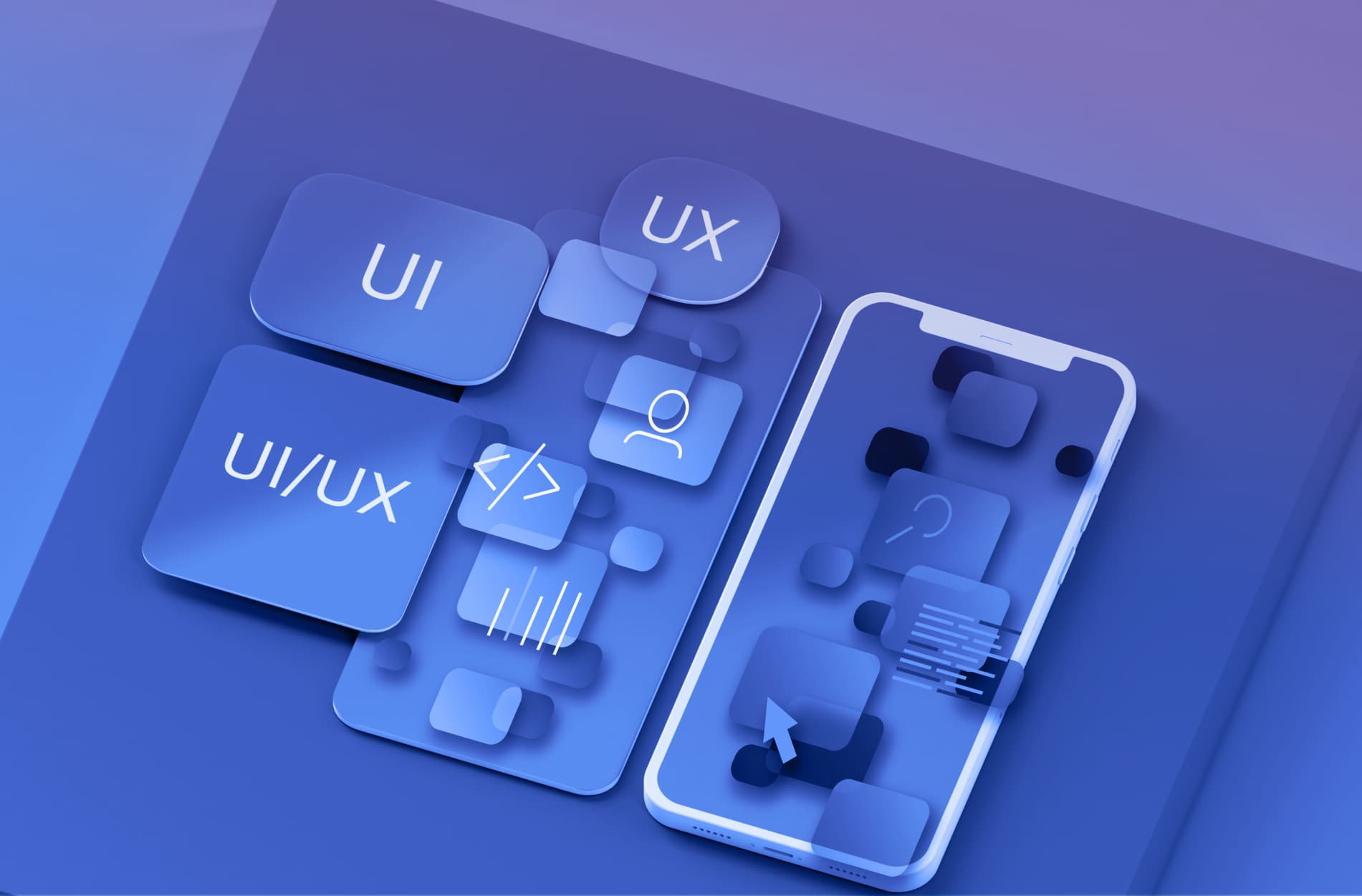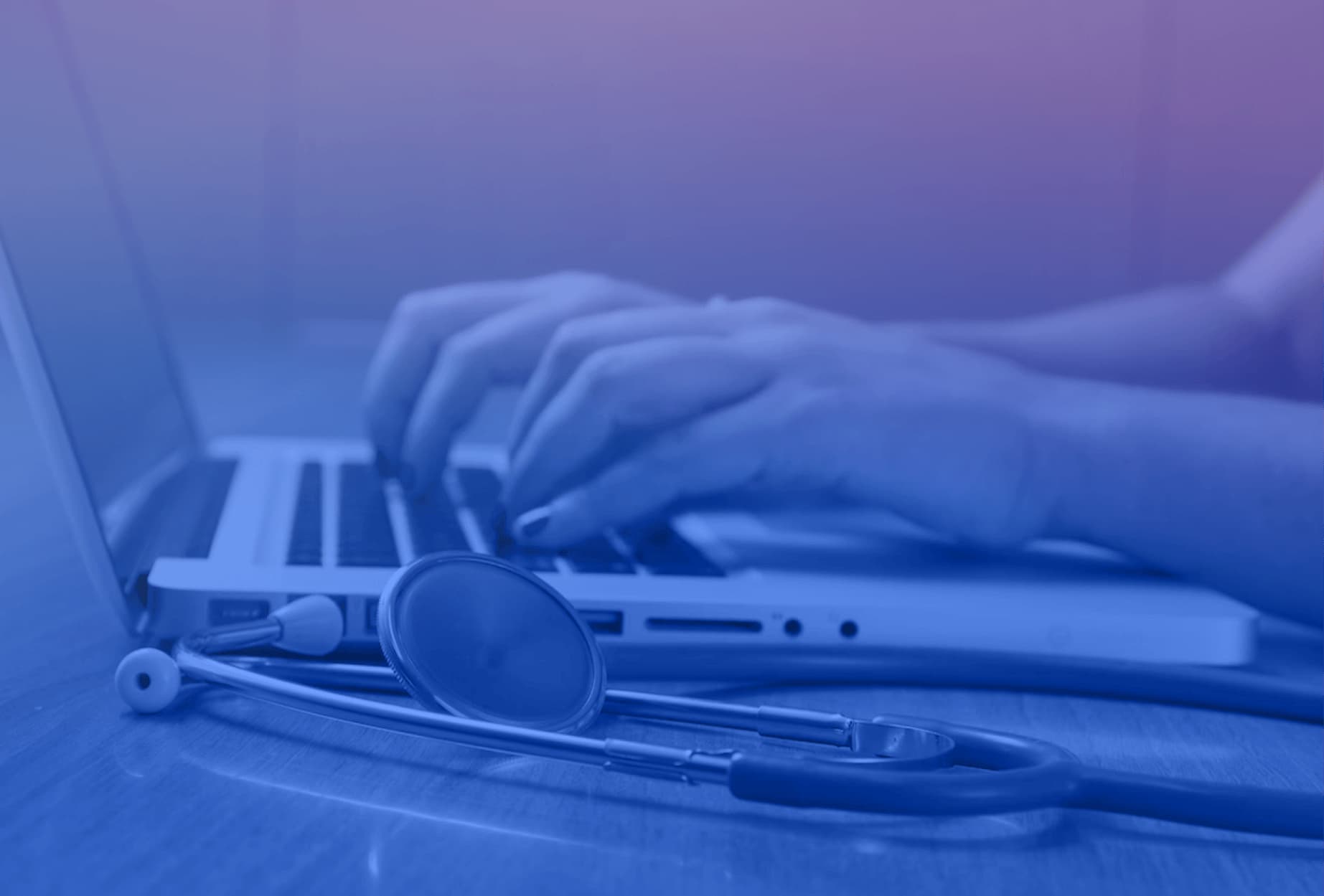
What is UX for medical software?
8 min read
Contents
Designing User Experience for medical software is crucial to developing a transparent and comprehensive app. What does this process include? What distinguishes UX for medical software from UX for any other app? Let’s talk about this.
What is User Experience (UX) in the medical industry?
UX (User Experience) means creating SaMD (Software as a Medical Device) to provide the user with a positive encounter with the app. It is often said that the goal of UX is to “design the experience” of the user and make their interaction with software pleasing and satisfying. In conclusion, UX Designers focus on meeting the user's needs.
You should know UX isn’t the same as UI (User Interface). So, what is the user interface of medical software? It’s the graphic design of the interface (e.g., menu design, choice of graphics). Meanwhile, the UX Designer ensures the user interacts smoothly with the medical application.
The other term we should distinguish is Product Design which can be considered an umbrella term for the elements mentioned above, i.e. UI and UX. Also, Product Design can include all the processes linked to bringing your idea to life, such as developing a product, its regulatory compliance, and marketing.
However, it is worth mentioning that some people equate Product Design with UX. For the sake of this article, we consider them as different. Now that we know all the necessary definitions, let's focus on the process of designing UX for medical software.

What distinguishes UX for medical software?
As you probably imagine, UX design for SaMD requires a different approach than developing it for a mobile game. So, what are the rules a medical software UX designer should follow?
UX for medical software and IEC 62366
When designing UX for medical software, you should get to know IEC 62366. It’s an international standard that focuses on usability engineering for medical devices and aims to provide safe and user-friendly apps.
IEC 62366 is divided into two parts:
IEC 62366-1 – Application of usability engineering to medical devices,
IEC 62366-2 – Guidance on the application of usability to engineering to medical devices.
In these documents, you can find information on establishing and maintaining the usability engineering process which allows to reduce risks of app’s misuse.
Why is this process so important? Think about the situation in which your user has performed some action wrong, e.g., ignored a poorly visible reminder. Situations of such “use error” can be either intentional or unintentional, yet it can lead to fatal consequences, such as damage to their health.
That’s why it’s demanded that the UX of medical software is designed with the recommendations set in IEC 62366 in mind.
UX for medical software and ISO 14971
The other standard you should learn about is ISO 14971, which sets the risk management rules for medical devices.
Although you might think that risk management only concerns the way software works, there are more aspects to consider. One of them is user experience, which, when poorly designed, can lead to issues, e.g., slowing down the treatment process.
Thus, the medical software development process (including UX) need to comply with the risk management set in ISO 14971.
Tip
Another standard related to ISO 14971 is IEC 62304, which presents the risk control measures that should be considered when developing medical software. You can read more about IEC 62304 in our article.

What does the UX design for medical software look like?
Working on UX for medical software is a multi-stage process. Each phase we discuss below is crucial to preparing a comprehensive and functional UX of the medical app. So, where do we start?
Research on the user and their values
The basis of good UX is understanding the target user of a medical app as well as possible. Who might this user be? It all depends on your idea for the final product. Whether it is a patient, a doctor, a nurse, a researcher, or a caregiver, you need to acquire as much information about them as possible.
What do you want to learn? Consider their values, expectations, and needs. It is also worth finding out as much as possible about the similar applications they might use – their shortcomings and advantages.
How to get all the information about the user you might need? Try:
a. an interview,
b. focus group,
c. observation (of how people use similar apps),
d. industry reports,
e. scientific research.
On the other hand, UX specialists also want to learn about the company’s needs and goals. What is the idea behind medical software? What knowledge about their users and similar projects do they already have?
The research process takes time and resources, yet it is essential to create a user experience for medical software that is understandable, easy to use, and meets users’ expectations.Workshops with the client
What happens after the research? At Revolve Healthcare, we meet with you to discuss your idea and assess its feasibility. How do we do it? We confront your plans with the effects of the research conducted and the software developers' experience.
Who is engaged in this step? Usually, it’s a representative of the Product Design Team, a Software Developer, a Regulatory Affairs Specialist, and a Team Leader. Thanks to them, the issue of developing UX for your medical software can be comprehensively analysed.
The Product Designer will ensure the best user experience. The Developer will be able to determine what actions need to be taken to create your SaMD. The Regulatory Affairs Specialist will assess what actions are needed to ensure compliance with the necessary regulations for the region. The Team Leader, in turn, will coordinate all the processes.
To sum up, during this stage of SaMD UX design, we establish a timeline for development and plan the next steps. What’s more, the workshop is a space for you to ask any questions and share all the necessary information on your idea that might have been skipped before.Mock-up preparation and testing
After gathering all the information and confronting them during the workshops, the design team begins to work on the mock-up, clickable prototype (e.g., in Figma), or another type of test version of the medical app.
When we are done creating a mock-up, we want to run it through the target users and ask them to complete some tasks. This way, we can learn if they like this app, whether it fulfils their needs, and whether it lacks in some aspects.
Those three steps might take us from 2 to 6 weeks, yet you should know that UX design is a process which will last through the whole SaMD development process. Engagement in it will probably decrease with the completion of the project; however, improving UX will accompany you even after launching your app.
Good to know
This process might differ depending on the company you choose to work with. At Revolve Healthcare, we focus on delivering a complex User Experience to your medical software. If you want to see how we work, check out a case study of our client, obvioTec.

What are the UX problems in the healthcare industry?
Developing UX for software typical for the healthcare industry comes with challenges. What are some of them, and how can they be overcome?
Regulatory compliance
We have already talked about the importance of compliance with international standards. When developing medical software, you should be aware of the regulations typical for the region (MDR for the European Union, FDA for the U.S.). By fulfilling these, medical specialists can acknowledge your software.
Compiling with all the necessary regulatory requirements might be a challenge, but with the help of experienced specialists, it can be slightly easier. Thus, we encourage you to read more about MDR, ISO 14971, and IEC 62304 to learn more about the requirements your medical software should meet.
The importance of accessibility in medical design
One of the most critical aspects of creating UX is ensuring accessibility. What is it? Accessibility means creating UX so anyone can easily use an application despite a temporary or permanent disability.
The issue of accessibility is something worth considering from the beginning of the app development process. We should ask ourselves: can this app be easily used by someone with a visual impairment, an older person, or someone who has broken their dominant hand and is temporarily unable to use a phone comfortably?
We encourage you to design medical software with accessibility in mind from the first stage of the development process. How to achieve it? It is worth using the recommendations set in WCAG 2.2 (Web Content Accessibility Guidelines).
However, you should remember that meeting the WCAG recommendations isn’t enough. We recommend taking the time to understand your users’ demands deeply. Ask yourself – will my app accommodate their needs, no matter the situation? Also, it’s a good practice to test UX usability among people with disabilities to pinpoint potential problems with the app. This way, you will get close to the inclusive design of your app.
Creating an intuitive and trustworthy app
Developing high-quality UX which makes users feel safe in every situation is a demanding challenge. Medical software can be used in many scenarios, which could be stress-inducing. Thus, we should make the app as intuitive and easy to use as possible.
What's more, it’s essential to ensure transparency and reliability, ensuring that the SaMD is considered trustworthy. Although it might seem difficult, with the right research and testing, it is possible to develop a pleasant user experience.

Why should you focus on UX for medical software?
Isn’t it enough that you have put effort into developing a way of treating some disease? Why should you put time and funds into making the User Experience as good as possible?
First, remember that your app won’t help anybody, if people don’t use it. Thus, think about how to make your target users satisfied with the services you provide. When developing UX for medical software, we should put the value for the user in the spotlight. By meeting your users’ expectations and providing them with a safe app, you will achieve financial and non-financial benefits.
Second, as we have already mentioned, users can make unintentional mistakes when using your medical app. Thus, ensure that you reduce such risks by providing transparent and tested UX.
Third, focusing on UX from the very start will help you develop or adapt your app's monetisation process. You may need to consider the functionality of your SaMD in the free and paid version. Also, think about the type of monetisation, i.e. who will cover the costs? Will it be an end user, a company (e.g., costs are covered by the hospital, yet the nurses use the app), or will you try to include your SaMD in reimbursement schemes (e.g., DiGA)?
Thus, your idea for monetisation might be important to include in the research stage, e.g., by asking your target audience how much they are likely to pay for your app.
So what can you do? You can either develop UX internally or consider outsourcing it. If you decide on the latter, we can help you! At Revolve Healthcare, we have specialists who are experienced in developing medical software in compliance with MDR (Medical Device Regulation). Also, our Product Design team ensures that you receive the highest-quality and safest UX.
Want to talk about your project? Schedule a consultation with our experts and see how we can bring your idea to life!



